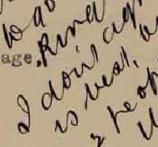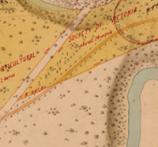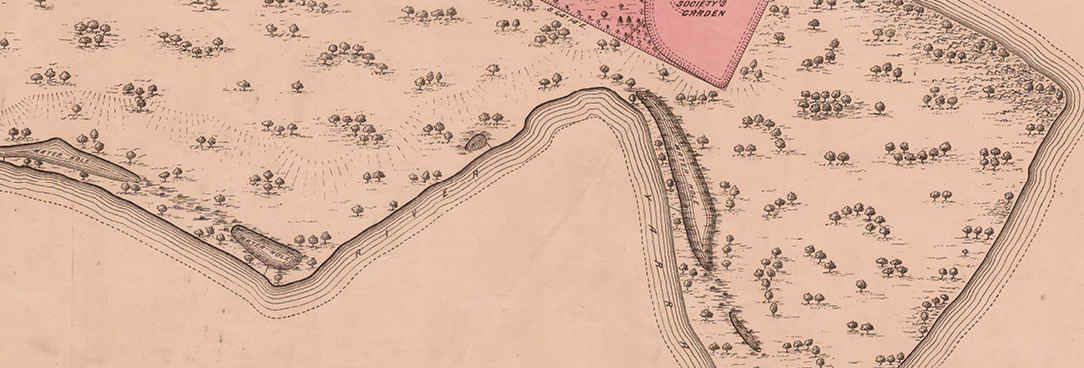Last updated:
Refereed articles

Public records play a crucial role in the lives of Australians affected by their past institutionalisation as children. To these ‘Forgotten Australians’, Child Migrants and members of the Stolen Generations, records represent the hope that they will learn the story of their childhood and why they grew up in an institution when living within their own family was not possible. In this article, we share some insights from a recent workshop at PROV, and show some of the ways that items in PROV’s collection are being used to form new understandings about the history of ‘care’ in Victoria. We also discuss how the Find & Connect web resource is creating new documentation about PROV’s child welfare records so that they are easier to locate and access. We argue that archivists can empower marginalised communities such as Forgotten Australians to use historical records, while these new users in their turn are taking part in discussions about ways of managing the collections that can broaden the skills of the archival profession. Digital technology and interventions like the workshop held at PROV provide opportunities to improve access to records, and for new users to participate in the way that archives are described, used and understood.

The circumstances surrounding the construction of the nineteenth-century cottage in Burnley Park, in the inner Melbourne suburb of Richmond, have long remained a puzzle. In 2005 the cottage was threatened with demolition, and this became the catalyst for the research which is documented in the present article. Using comprehensive records held by PROV, the cottage was found to be highly significant – both architecturally and historically. Built originally for a Crown lands ranger, the cottage survives today as the third oldest park keeper’s residence in Victoria. One of the Public Works Department’s ‘tiny architectural gems’, complete with early remnant elm-lined road alignment, its association with the Survey Department and Robert Hoddle links it to the very beginning of white settlement in Victoria.
It is now clear that a full heritage assessment of the cottage within its parkland setting is imperative. Only then will its cultural significance, not only to Richmond, but to the state of Victoria, be clearly established, and its future appropriately protected.

A Township Built on Gold
Expand SummaryThis paper is based on an historical investigation into a township whose existence relied totally on the gold-mining industry and focuses on the decade 1861–1871. As a society we need to know more about the nature of daily life during the deep-lead mining phase, and the domestic and working lives of families on rich deep-lead Victorian goldfields in a time of intense social change. Piggoreet was a township within the Springdallah goldfields about which the only published history is a thirty-two page booklet written in 1926. Yet it had high-yielding mines which provided employment for its families, numerous enough to have more than three hundred children enrolled in the school at the end of the 1860s. After establishing the background to Piggoreet becoming a township, this paper describes one decade during which the deep-lead gold-mining industry was at its peak. It draws on a database created from an extensive range of primary and secondary sources to reveal the functional, social and economic life of the community. The now-disappeared township can be reconstructed using the database as well as a range of other government, church and community resources as evidence. The database has enabled analysis and interpretation of the mass of information. Some idea of the physical structure of the township becomes possible, and the symbiotic relationship between the gold-mining industry and the families reliant on it is revealed.

A Significant Regional Industrial Dispute from a Novel Perspective
Expand SummaryIn 1977 the State Electricity Commission of Victoria (SECV) maintenance employees in the Latrobe Valley withdrew their labour for eleven weeks, plunging the state into chaos. Severe electricity restrictions were imposed, effectively shutting down industry and having a significant impact on public transport, households, and commercial and social activity.
Using internal documents relating to the dispute retained by the SECV’s Assistant General Manager (Operations) and now held in PROV as VPRS 9822, this paper discusses the events of 1977 from the employer’s perspective, and specifically that of management, a voice which is generally under-represented in the literature on industrial disputes. Specifically, it compares the information which was provided to the public through press releases and newspaper reports with those documents which informed internal decision-making during the dispute, particularly during the period of power restrictions. While the severity of the restrictions was questioned in the media on a number of occasions, this paper concludes that the rhetoric of the internal documents confirms the reduced electricity generation capacity and finds that the restrictions imposed were sustainable only because of some brief returns to work by the strikers. At the same time it is argued that the power restrictions were a direct result of attitudes which underpinned the management decision-making process and which led to the escalation of a minor dispute into a significant regional dispute.
Forum articles

Researching Victoria’s Wards of State Records 1864–1961
Expand SummaryThis paper describes the key series (VPRS 4527) in the PROV collection documenting children made wards of the state. It attempts to describe the recordkeeping system of which it was originally a part despite most of that system being destroyed by the creating agency during the first 65-odd years of its existence. The documentation, microfilming and indexing of VPRS 4527 by the controlling agency is outlined as are the findings of research undertaken by the author since then that fine tunes that arrangement and facilitates the digitisation and indexing now underway.

A Case of Adverse Possession in 1840s Melbourne
Expand SummaryThe history of a derelict house in Aitken Street, Williamstown is an intriguing story of adverse possession. The Pope family, who had lived in the house since about 1842, claimed ownership by adverse possession in 1887 when they decided to sell the property. Victorian law then and now allows for the acquisition of land belonging to another person: the latest successful claim of adverse possession was in 2002, and some of the elements of proving the case are common to both stories. In 2006 the current owner of the Aitken Street property wanted to realise his asset by demolishing the house and selling the valuable land, but Hobson’s Bay Council could not grant permission until it had been established definitively when the house was built, as it already had a heritage overlay. This essay reflects on the outcome of my research to establish the date of construction and the means by which I found this information. Some of the key documents supporting the Pope family’s claim of adverse possession are held at PROV.
Material in the Public Record Office Victoria archival collection contains words and descriptions that reflect attitudes and government policies at different times which may be insensitive and upsetting
Aboriginal and Torres Strait Islander Peoples should be aware the collection and website may contain images, voices and names of deceased persons.
PROV provides advice to researchers wishing to access, publish or re-use records about Aboriginal Peoples
